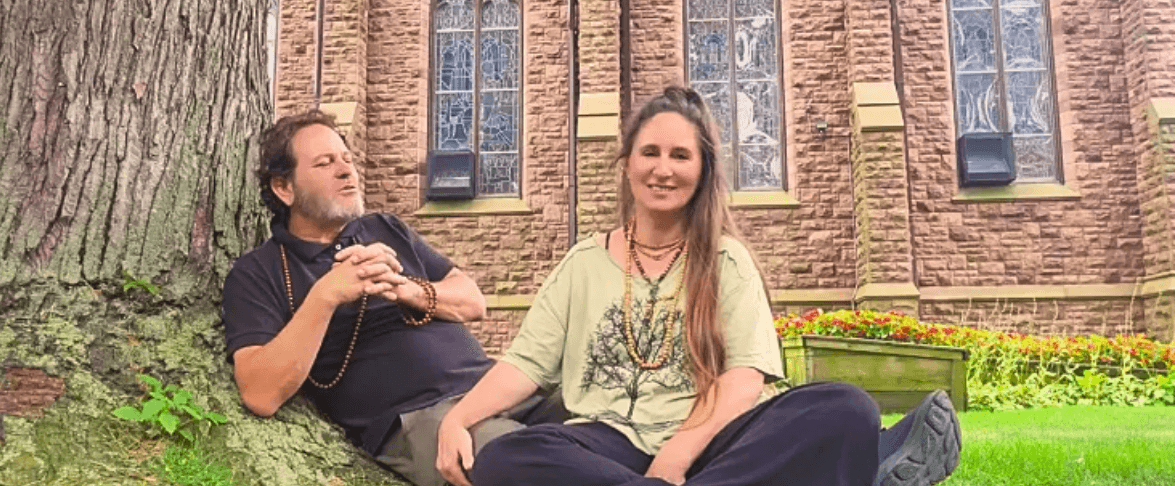Magic Cows, Ancient Stones and Mosaics in Ravenna: Finding Stillness in Italian Fields
The field was bright and a little wild, a green sweep under a sky that kept changing moods, and there we were, laughing in the breeze with five cows who were not cows at all. Sculptures, yes, and kind of perfect company. Behind us, just across the way, an ancient Christian temple with old stones that have seen a lot, and inside, mosaics that still shine. We stood between both worlds and let it all mix: schoolkids chattering, a few words in Sanskrit, a little prayer, a little history, the kind of day that nudges you to ask, very quietly, who am I really, if not a stack of labels I wear like coats.
Where We’re Standing: Fieldside in Ravenna
Ravenna sits close to the coast, flat and airy, where the land seems to ask you to slow down and look. It is a city famous for early Christian art, for tender and glittering mosaics, and for a way of holding the past without making it heavy. Dante rests here, the poet who gave us Inferno, and this, too, adds a hush to the streets.
We came because there is an ancient church, brought here in the 4th century, and there is a baptism site nearby. Some of the oldest stones in the area keep their stories in tiny glass tiles. If you want a gentle primer while you travel by screen, take a look at this overview of Ravenna’s early Christian mosaics. And if you like history that walks you through the art, the notes on San Vitale and the Justinian and Theodora mosaics give a rich window into the way faith, power, and beauty met in these walls.
We didn’t film inside. There were three or four school groups on tour, and the echoes were strong. We stepped into the field instead, to share a quieter view. Five cows, cast and patient, eyes kind somehow. We waved and laughed and let the kids have the stones for a while.
Tiny Tiles, Big Light
These mosaics are old, like 5th and 6th century old, born from a time when empires shifted and artists stitched light into walls. They set glass tesserae into mortar, tiny pieces catching sun and candle glow, so Christ and saints and rivers of symbolism could shimmer. For a quick timeline on the era and where to find these works across Italy, the catalog of early Christian mosaics, 4th to 6th centuries is a helpful door you can open.
We always feel the same thing in spaces like these. The quiet gets under your skin. The art wants your attention but not in a loud way. It says, shhh, breathe, you are not your hurry. Take a minute to see, then another minute to hear.
On Crowds, Noise, and Where Peace Hides
We love kids, we do, even when they are bouncing off the ceiling. Today we chose the field for a reason. Scripture and saints have a steady word about crowds, about loud spaces and restless minds. Sometimes it serves the heart to step aside. Your system knows the difference between loud energy and steady warmth. A field can be a temple. A sculpture can be a teacher. Peace moves where it can move, and we make room for it when we can.
Inside, the tour kept on moving. Outside, the breeze ran over the grass, wrinkle by wrinkle, and the cows stood guard like soft statues of patience. We said Haribol and laughed at our own joke and called the day good.
A Small History Sidepath: Rome, Law, and Labels
One of the names tied to the area was a martyr who, according to a local telling, was crucified. That detail opens a small door into Roman law. Roman citizens were exempt from crucifixion in most cases. Decapitation was the standard for citizens condemned to death, while crucifixion was used for non-citizens and those the state considered outside the fold. Many early Christians died that way. This is a hard path to walk with words, because suffering should not be used just to prop up a point. Still, it reminds us that identity is slippery. Rome saw citizen, non-citizen. The state, the body, the label.
Which slides us into the heart of today’s talk. The body is not the self. The labels are not the self. Hair color, skin tone, nation, party, age, even the way we pray, these are coats. One of our teachers used to say that if every person looked exactly the same, people would still find a way to compete. Then we would fight over whose teeth were longer. Short teeth versus long teeth. Imagine the meetings.
We can smile at that. Then we can look gently at our own lives. Where am I mistaking the coat for the wearer? Where am I gripping a name so hard that I forget to breathe?
Five Cows and a Thought About Happiness
The teenagers inside were not very interested in the mosaics. They were interested in each other. Of course they were. To be young is to try on names as fast as you can, to look for happiness in a face or a glance or a laugh that lands just right. We grow older and still do the same thing, just with better coats.
Happiness is slippery in crowds. It is slippery in silence, too, unless we aim it. That was the real point of the field today. Aim your heart. Give your ears something good to chew on. Do a tiny practice and see if it changes your breath.
A Simple Sound Practice From the Field
We did three “Gaurangas” together, like three Hail Marys. Light and humble, nothing fancy. You can do something like this wherever you are.
- Sit or stand and soften your shoulders.
- Let your breath drop into your belly.
- Say a sacred name out loud or in your mind. Haribol works. So does any holy name you love.
- Repeat gently three times. Then sit for a few seconds and notice the afterglow.
The idea is simple. Sacred sound has a friendly gravity. It gathers your attention and settles the dust. It is yoga for your ears, a way to link you back to the part of you that watches without panic. That watcher, that witness, has no label. That is the point.
If you want a quiet warm-up, read a short piece on how Ravenna became a center for Christian art and why these stones matter, say this overview of Ravenna’s mosaic sites and history. Then close your eyes and chant once, just once, like a bell instead of a shout.
Travel Log: From Ravenna to San Marino, With Love
We kept this stop short. Parking was free, which felt like a blessing, and the field gave us room to wave at the cows and stretch our legs. We are pointing the van toward San Marino next. After this stretch in Italy, we will arc back toward Greece. Then a season shift, a jump across the water, plans to visit Buffalo, then a little Florida sun, then down toward Mexico and Central America to hug friends and see what wind meets us there.
We are also scouting a third place to land for a couple of months next year. Not the van. Not Canada. Somewhere that lets us keep a kettle and a stack of books, do our prayers, and host a few friends who like simple food and good air.
If that kind of wandering sits right in your chest, you are our people.
The Temple Across the Field
We promised at least one look inside, and even if our feet stayed on the grass, our hearts stepped in. Baptismal fonts from the ancient world have a presence. They feel like stone bowls that remember a lot of splashing. In Ravenna, the fonts and apses and ceilings tell a steady story. Water, light, rebirth, community. You can trace the lines even if you do not know the dates.
If you want a fuller sense of how the art bloomed as the centuries turned, the survey of early Christian mosaics from the 4th to 6th centuries is a good way to understand the style that spills from these walls.
We do not need to get academic to feel the pulse. The old art was made to hold prayer. To hold stories. To act like a mirror and like a window at the same time. You gaze, and in the gaze you remember that something inside you is ancient and new, both at once.
Labels, Loosened
We keep circling this one because it matters. Labels have uses. They help us find each other. They help us point: I am from here, I speak this, I love that. When labels stick to the skin, they can be fine. When they glue to the self, they hurt. History shows what happens when labels get sharp.
Let the labels float today. Let Roman or Jew, Canadian or Italian, student or teacher, old or young, fade to the edges. Sit with the watcher. Listen for a holy name. Trade the tight jaw for a smile that you do not have to earn.
Sometimes that takes three quiet repetitions. Sometimes it takes a cow statue staring at you like it knows something.
Ways to Walk With Us
We love hearing from you. If you want to share a story, ask a real question, or join our little circle, step into our Juicy MagiK Agora community. It is a gentle space for heartfelt notes and good company.
If you enjoy these field stops and wish to help fuel future miles and projects, you can see how to support through projects by Juicy MagiK via BTCpay. Thank you for reading, watching, and singing along when the moment fits.
One Last Quiet Shine
We kept the camera on the field today for a reason. The church is there. The children are there. The saint is resting somewhere close by, and the stones are older than arguments. But the field holds a simple gift. Fresh air. A view that is a little silly, with five cows fixed in place, and yet somehow perfect, like a visual mantra.
If you read this far, try one more breath that goes low into the belly. Say a name you love. Let it ring. Then get on with your day, lighter by a hair.
Peace be with you and upon you. Haribol, dear ones.
Quick References for Curious Hearts
- A friendly overview of Ravenna’s early Christian mosaics and where to see them.
- A deeper look at San Vitale and the Justinian and Theodora mosaics.
- A broader survey of early Christian mosaics from the 4th to 6th centuries.
Conclusion
We found a patch of grass, five bronze friends, and a view of a church that keeps the light. Crowds swelled; we stepped aside; the day softened. The real thread was simple: you are not the label, not the coat, not the noise. You are the one who hears. If that rings true, carry it into your next hour and see what shifts. Share a chant, send a note, or drop into the Agora. Thank you for walking with us. May your day be kind, from the first breath to the last.
TLTRExcerpt
Recent Posts
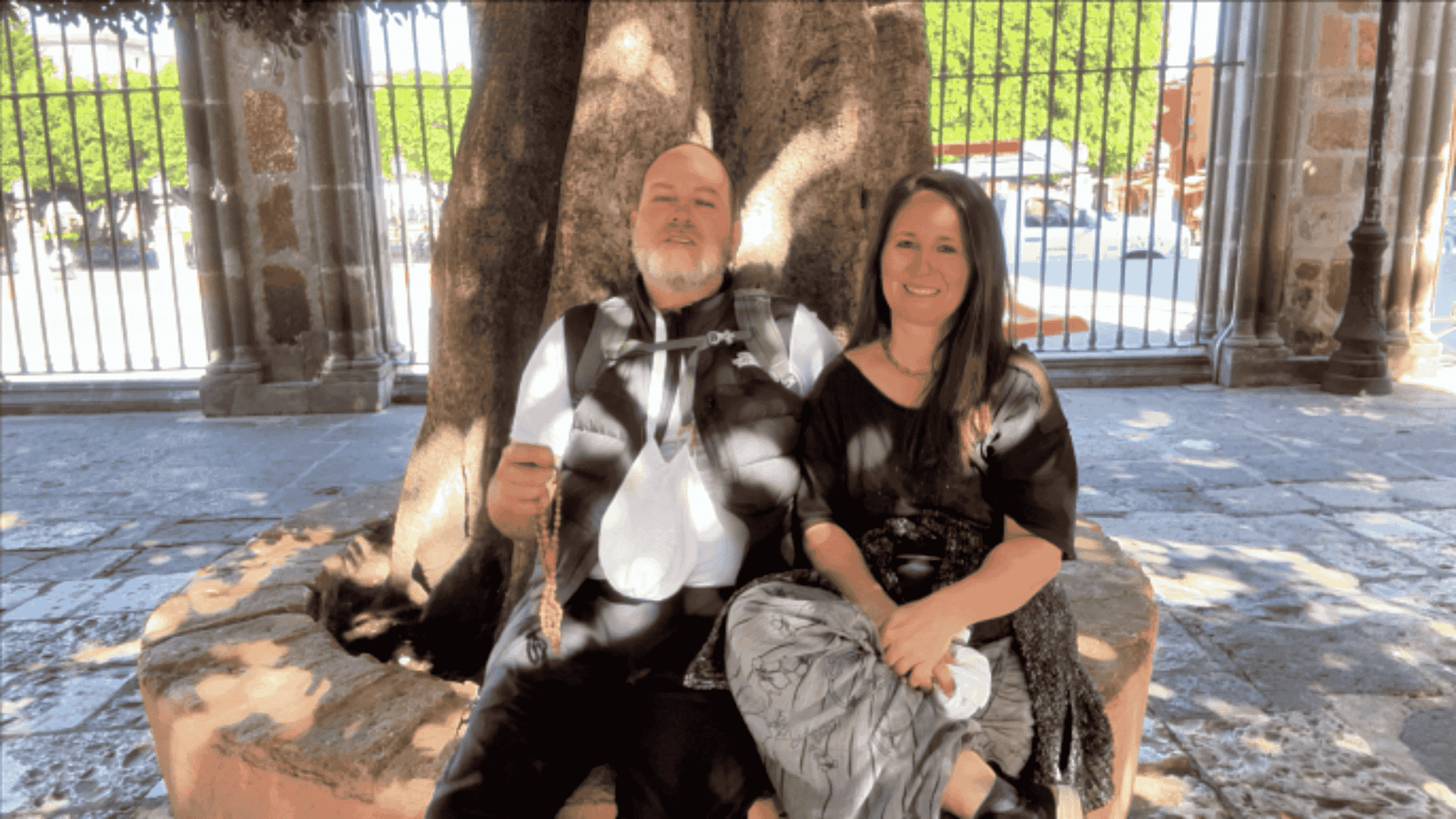
From CDMX to San Miguel: Salsas, Saints & A Transcendental Truth
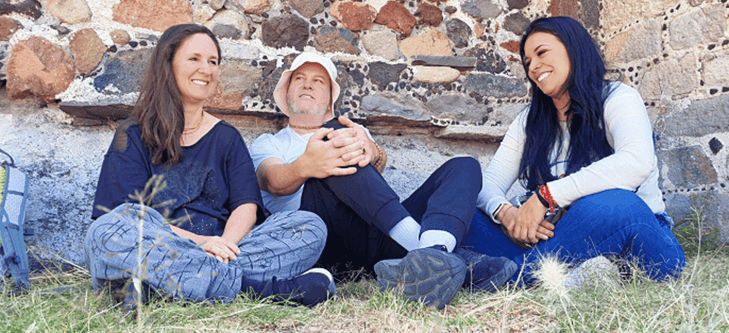
Chanting Friends at Teotihuacan: Molten Gold Mantra, Jaguars, and Ancient Flutes
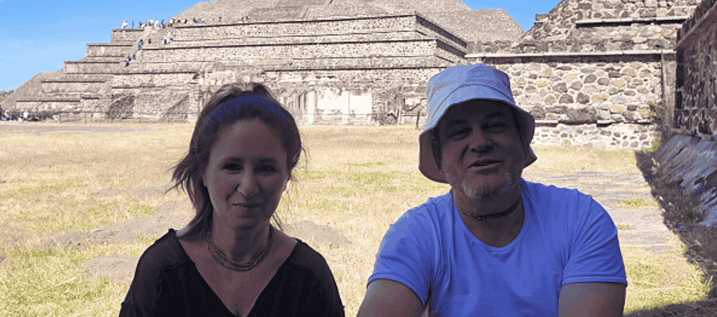
Haribol at the Pyramids of the Sun and Moon in Teotihuacán, Mexico
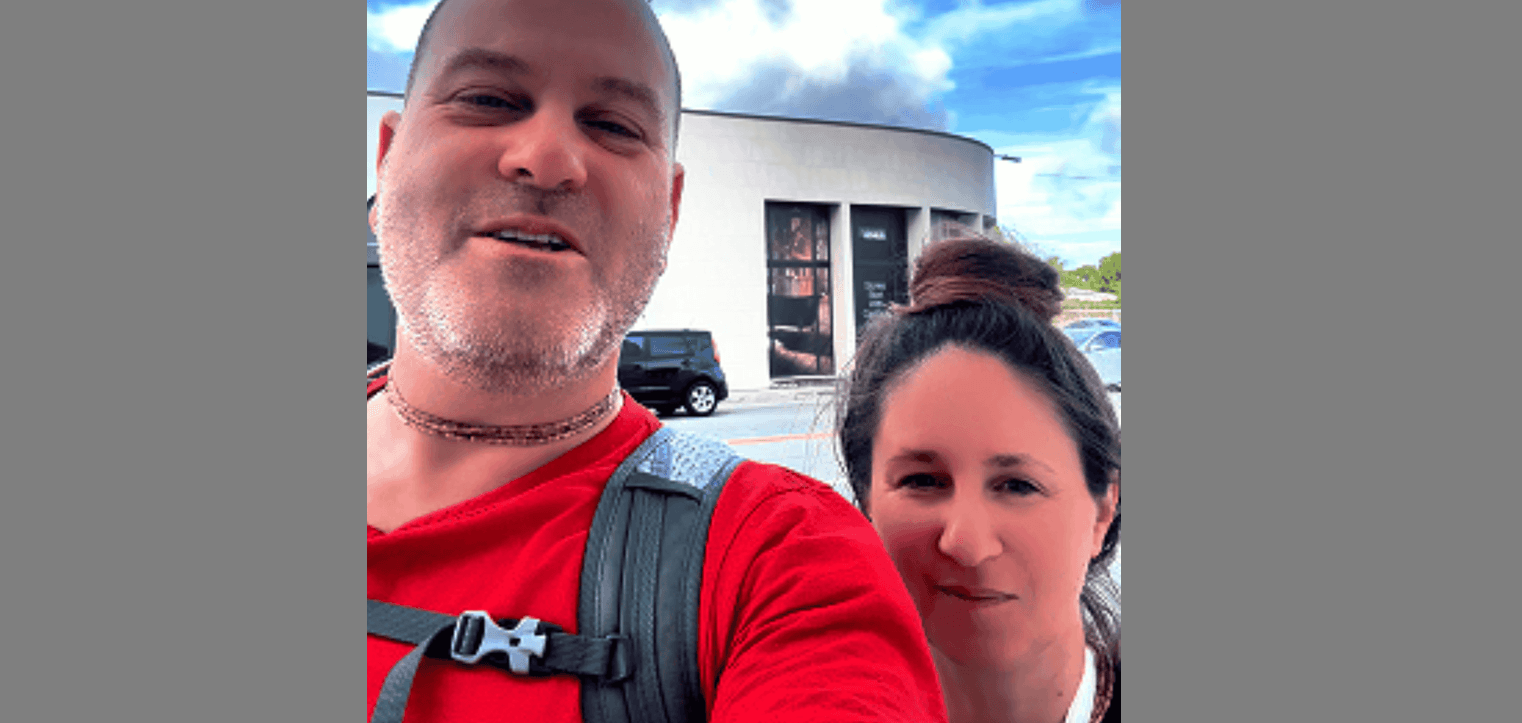
Juicy MagiK from Miami to Mexico, Guatemala, El Salvador: Rolling Temple of Gauranga
